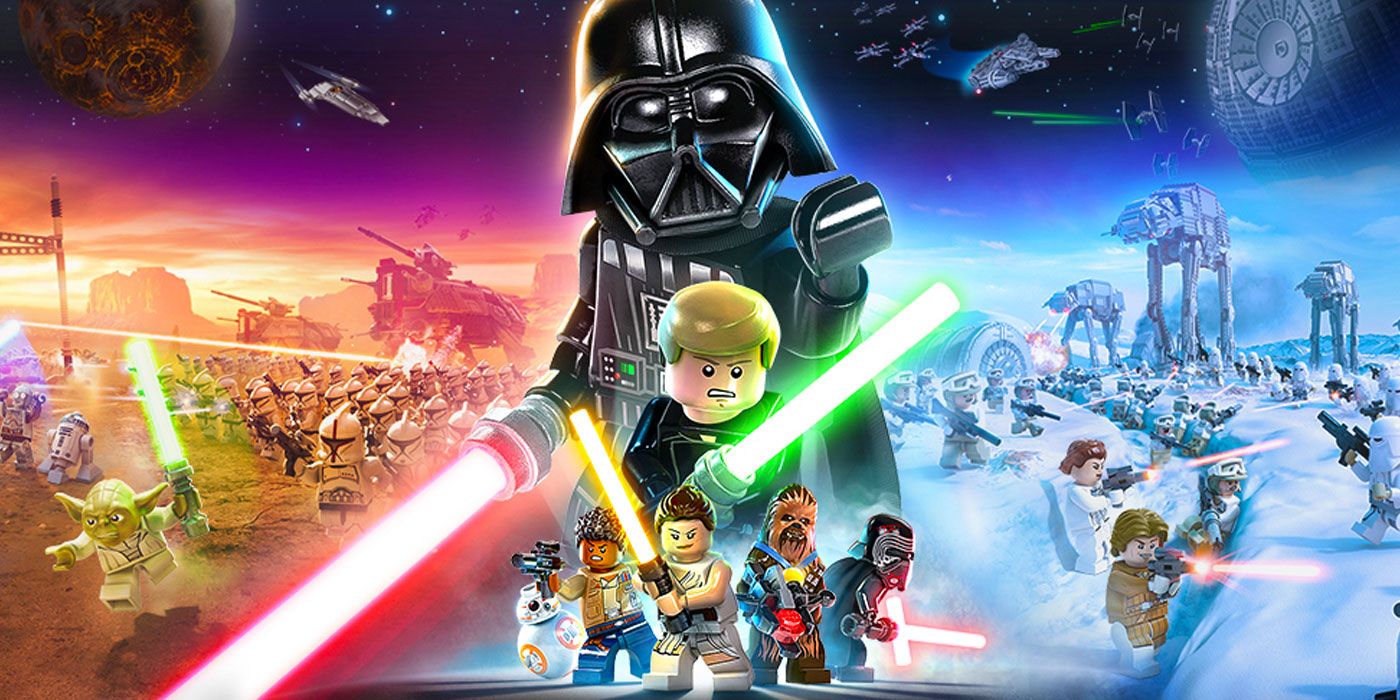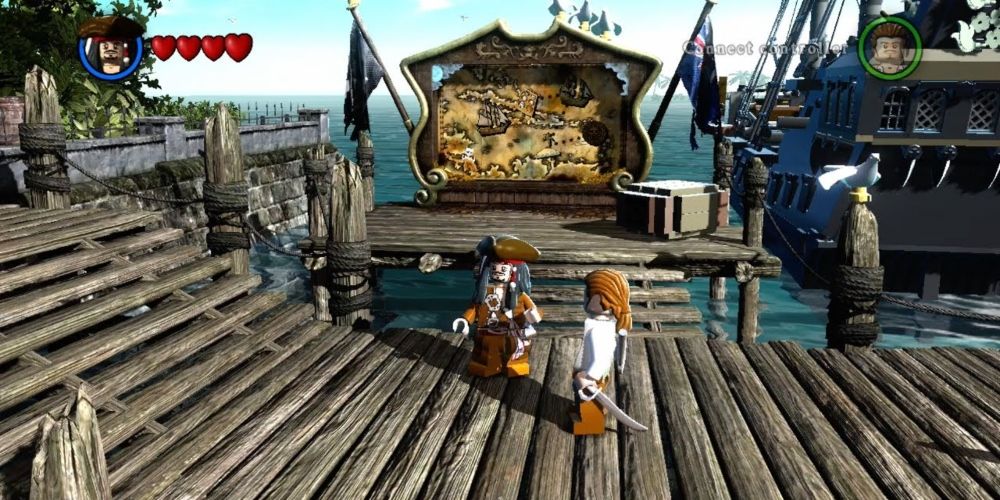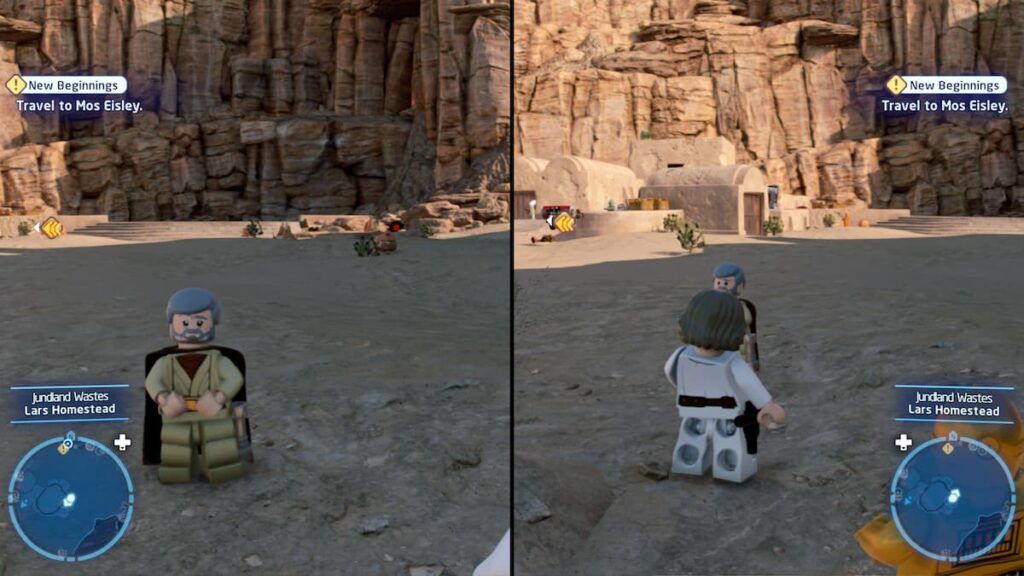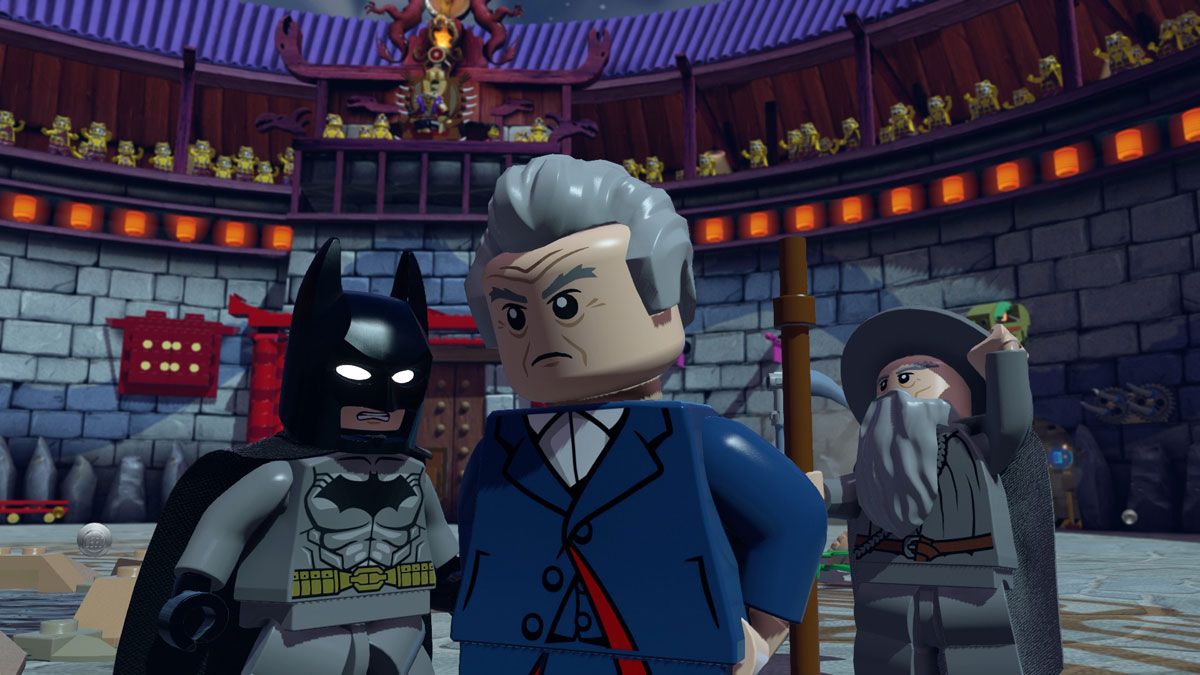The history of multiplayer in video games is interesting, to say the least. The current practice of pairing online players in a multiplayer mode originated from local co-op and LAN parties that made games more fun for players. More specifically, split-screen local co-op was the de facto multiplayer option in the early 2000s. However, this once-famous option has become a niche aspect that some developers include when the project at hand requires it.
However, the LEGO video game franchise has kept this tradition alive, perfectly catering to its intended audience. Whether it's LEGO's intentional and engaging level design or the aesthetic visual elements and how it balances co-op, the LEGO video game series has perfected the formula of creating a family game that both adults and children can enjoy and create invaluable memories while playing.
Every Player in the LEGO Games Is Useful
One of the most enjoyable aspects of the LEGO games is the way they craft the two-player experience. Whether it's a licensed title or an original creation, the LEGO series mixes and introduces various power-ups and special abilities that can be used to solve puzzles. However, to clear these obstacles, players must work together and combine their abilities. By balancing the experience, all players involved can contribute to the success of the level, making the experience more memorable and enjoyable.
The LEGO Games Know How To Manage Two Players at Once
As mentioned, the LEGO franchise is one of the few titles remaining to still incorporate local co-op. However, the most glaring issue that usually comes with local co-op is poor screen management. For example, the early installments of Halo and Call of Duty featured local co-op with vertical and horizontal split screens. This was problematic for both players, mainly since the screen size was too small to play an FPS game comfortably.
Having said that, the LEGO series does not suffer from this issue as it has perfected its formula throughout the years. Specifically, the LEGO franchise mixes both split-screen and full-screen multiplayer (think FIFA local co-op) simultaneously. On top of that, the game's inherent block-like texture allows it to design levels and aspects where players can recognize the main objective just by the visuals. As a result, LEGO's screen management is never overbearing nor confusing for players.
Revisiting the LEGO Games Always Offers Something New
As collectathons, LEGO games are great to revisit as they always pack something new in their levels. However, to unlock these secret collectibles, players must first clear the main story to gain the crucial abilities and characters to solve the challenge's puzzle. With these hidden elements, the LEGO games have a high replay value, which is great for families who play the same games together multiple times. Also, each new LEGO game installment feels similar to previous titles and therefore familiar, meaning that for inexperienced gamers, learning one game allows them to enjoy the countless other LEGO titles.
Through intentional level design, clever screen management, and more, the LEGO games craft a fun and memorable experience for families to share. Whether it's a casual activity for partners or a bonding tool between parents and kids, the LEGO video game franchise has the power to include everyone, regardless of their skill level, and make their participation count toward clearing the level.




